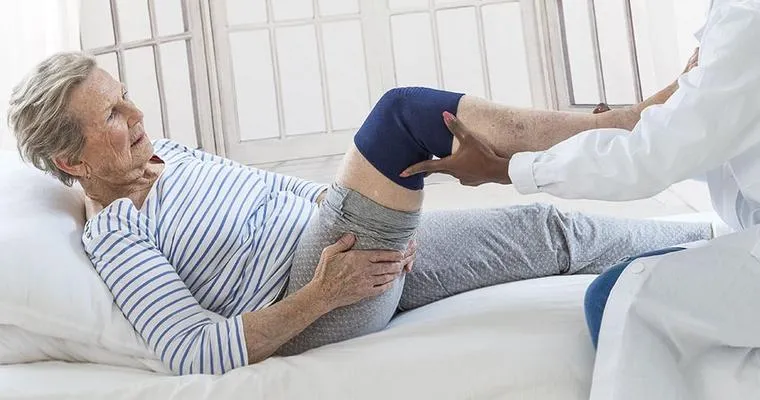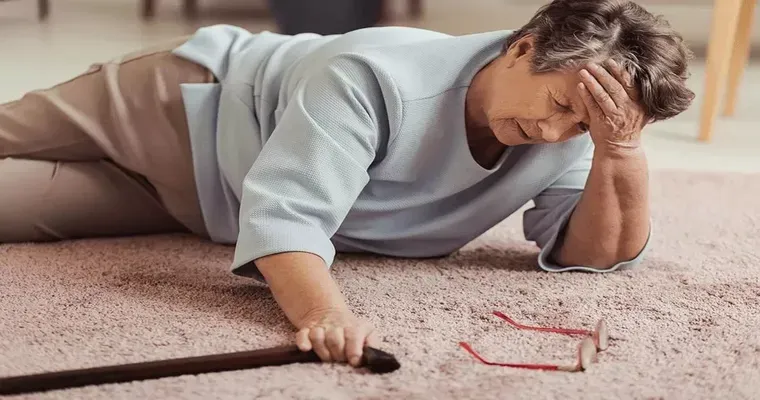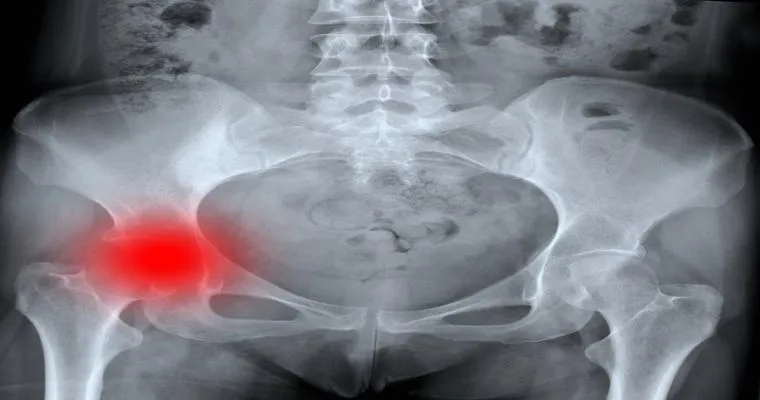Undergoing "joint replacement" surgery is a significant step towards regaining mobility and reducing pain. However, the success of this surgical procedure greatly depends on the "rehabilitation program" that follows. A well-structured rehab program can dramatically increase your "mobility", enhance your overall recovery experience, and ensure that you get the most out of your new joint. Understanding the components of an effective rehab program is essential for anyone looking to return to their daily activities post-surgery.
One of the primary goals of a rehab program after joint replacement is to restore range of motion. In the early stages of recovery, patients are often encouraged to engage in gentle stretching and range-of-motion exercises. These activities help prevent stiffness and ensure that the joint heals correctly. A physical therapist will guide you through these exercises, tailoring them to your specific needs and condition.
Strengthening exercises play a crucial role in rehabilitation. After joint replacement, the surrounding muscles often weaken due to disuse during recovery. A comprehensive rehab program will include strength training exercises aimed at rebuilding muscle strength around the joint. This not only promotes healing but also provides better support for the new joint, which can lead to improved "mobility" and stability.
Another important aspect of the rehab process is balance training. Many patients may find that their balance is affected after surgery. Incorporating balance exercises into your rehab program helps restore your body’s equilibrium, reducing the risk of falls and injuries. A physical therapist can introduce you to various balance-enhancing activities that are safe and effective.
In addition to physical exercises, education is a vital component of an effective rehab program. Understanding how to properly care for your new joint, recognizing the signs of complications, and knowing what activities to avoid in the early stages of recovery can significantly impact your overall outcome. A knowledgeable therapist will provide you with the necessary information to navigate your recovery confidently.
The timing and intensity of your rehab program are also crucial. Starting rehabilitation too early can lead to complications, while waiting too long can result in decreased mobility and prolonged recovery. Your healthcare team will monitor your progress closely and adjust your rehab program as needed to ensure optimal healing.
Motivation and emotional support are also integral to a successful recovery. Joint replacement surgery can be a physically and emotionally challenging experience. Having a supportive network of family, friends, and healthcare professionals can make a significant difference in your motivation to stick with your rehab program. Group therapy sessions or support groups can also provide encouragement and share valuable experiences.
In conclusion, the right rehab program is essential for dramatically increasing your "mobility" after joint replacement. By focusing on range of motion, strength training, balance exercises, and education, you can optimize your recovery and enjoy the benefits of your new joint. Remember to stay committed to your rehab plan and communicate openly with your healthcare team to ensure a successful journey towards mobility and independence.





